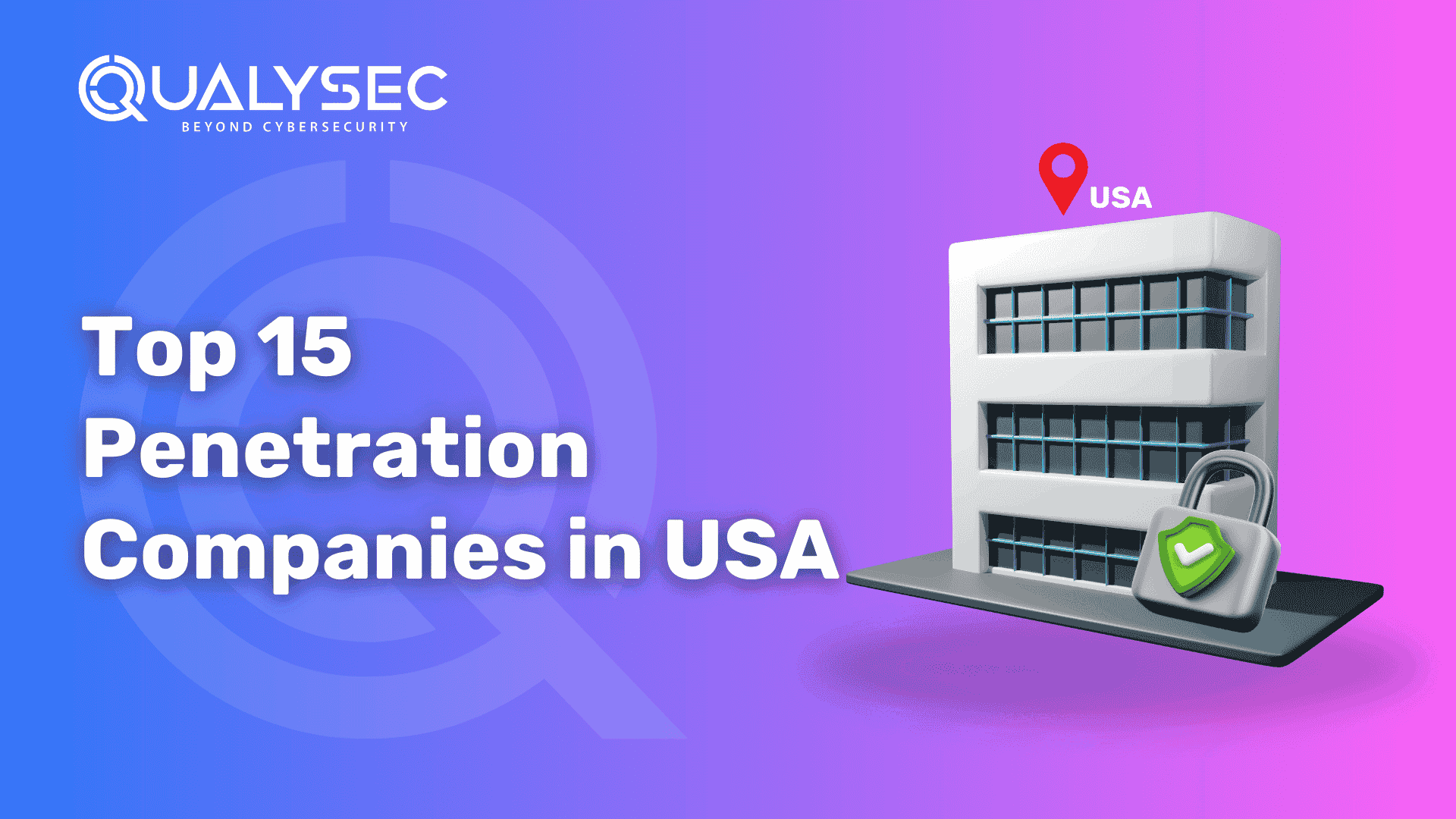In this digitalized world, technology keeps on evolving with time. Large Language Models (LLMs) usage in applications has also increased among web users. There are various benefits of LLMs. However, they are accompanied by unique security challenges.
This blog talks about the top 10 types of vulnerabilities for large language models (LLMs), as mentioned by OWASP, and how businesses can prevent those potential security threats.
To begin with, let’s understand what exactly a large language model and OWASP top 10 is.
Understanding Large Language Models (LLMs)
As the name suggests, a large language model is addressed by its large size. The size here is enabled by AI accelerators, allowing it to process and generate huge amounts of text data extracted from the internet.
It is an artificial intelligence (AI) algorithm that uses deep learning to analyze and understand human language. It does so to perform a wide range of languages related assignments like speech recognition, translation, and automatic summary generation.
They can also perform and generate language-oriented tasks, including responding to questions, writing articles, and other forms of written content.
Another crucial benefit of Large Language Models (LLMs) is the capability to learn from vast amounts of data that allows them to generate not only highly accurate but also gives realistic results for complex natural language prompts.
Large Language Models, such as GPT-3 (Generative Pre-trained Transformer), employ deep learning techniques and uses a self-attention mechanism to learn the relationships between different texts to process and generate coherent responses.
These models have significant implications for domains such as chatbots, virtual assistants, language translation, and more. Their advancement to simulate human language patterns has changed human-computer interaction.
OWASP Top 10 for Large Language Model (LLM)
OWASP is a non-profit organization that began with a top 10 list of web application vulnerabilities.
The open web application security project (OWASP) has now included other vulnerability lists, such as for mobile applications, machine learning, and large language models.
OWASP Large Language Model (LLM) Top 10 speaks about the top 10 vulnerabilities associated with LLMs.
This version is released with the objective of making development teams and organizations understand and focus on the potential risks that might come along with the benefits of Large Language Models.
OWASP’s Top 10 for Large Language Models are as follows:
- LLM01: Prompt Injection
- LLM02: Insecure Output Handling
- LLM03: Training Data Poisoning
- LLM04: Denial of Service
- LLM05: Supply Chain
- LLM06: Permission Issues
- LLM07: Data Leakage
- LLM08: Excessive Agency
- LLM09: Overreliance
- LLM10: Insecure Plugins
Talk to our Cybersecurity Expert to discuss your specific needs and how we can help your business.
LLM01: Prompt Injection
What is Prompt Injection?
When attackers manipulate the operations of a trusted large language model by utilizing crafted input prompts, either directly or indirectly, via multiple channels, then prompt injection vulnerabilities occur. This manipulation of LLM goes unidentified because of inherent trust in its output.
The results of these types of LLM vulnerabilities may include exposing their sensitive information and unauthorized actions without alerting the user security system.
Solution for Prompt Injection
- Limiting the privileges of an LLM to the minimum use for its functionality.
- Enhancing input validation by implementing methods to restrict potential unauthorized prompt inputs from unknown sources.
- Building trustworthy relationships between the LLM, external source, and functionality.
LLM02: Insecure Output Handling
What is Insecure Output Handling?
An insecure output handling happens when an application accepts LLM output without scrutiny, allowing it to reach directly to its backend systems. As Large Language Model-generated content can be operated by prompt input, this action is similar to providing users indirect access to additional functionality. In some scenarios, it results in XSS, CSRF, SSRF, and remote code execution on backed systems.
Solution for Insecure Output Handling
- Treating the model output like any other untrusted user content and applying rightful input validation on responses.
- Encoding output from the model back to users to mitigate undesired code interpretations.
LLM03: Training Data Poisoning
What is Training Data Poisoning?
Training data poisoning happens when the manipulation of data is generated to introduce vulnerabilities and backdoors within the Large Language Model (LLM)
This could illegibly compromise the ML model’s security, effects, and ethical behavior by exposing users to false results or information.
Solution for Training Data Poisoning
- Verifying the supply chain of the training data and legitimacy of data, both external and internal.
- Assuring that enough sandboxing is available to prevent the model from scraping unintended data sources.
- Run LLM vulnerabilities scan into the test phases of the LLM’s lifecycle.
LLM04: Denial of Service
What is Denial of Service?
Denial of Service happens when attackers interact with an LLM so strategically that it can result in heavy resource consumption, causing service degradation or a hike in price. There is an increased use of LLMs for various applications and utilization of intensive resources, making the Denial of Service more critical.
Solution for Denial of Service
- Limit the total number of actions in a system reacting to LLM responses.
- Limiting the number of queued actions.
- Cap resource use per request.
LLM05: Supply Chain
What is Supply Chain?
The supply chain in large language models can be vulnerable, impacting the integrity of training data, machine learning models, and deployment platforms. All this can lead to influenced outcomes, system failure, and security breaches. Generally, supply chain vulnerabilities are concentrated on third-party software components. However, they are now extended to artificial intelligence. (AI)
Solution for Supply Chain
- Code signing
- Auditing
- To detect extraction queries, implement adversarial robustness training.
- Vetting of sources and suppliers
LLM06: Permission Issues
What are Permission Issues?
When authorization is not tracked down between the plugins and treats each LLM content, it understands that it’s being utterly created by a user and starts performing any command without requiring authorization. However, this might lead to privilege escalation, loss of confidentiality, and dependency on available plugins.
Solution for Permission Issues
- Prevent sensitive plugins from being called after any other plugins.
- Enable manual authorization of any action taken by sensitive plugins.
- Not calling more than one plugin with each user input.
LLM07: Data Leakage
What is Data Leakage?
Data Leakage or sensitive information disclosure occurs when LLMs unintentionally disclose confidential data and proprietary algorithms through their responses. It causes privacy invasion and security breaches. That’s why LLM application users need to know how to interact and identify potential risks with an LLM.
Solution for Data Leakage
- Integrate adequate data sanitization and scrubbing techniques.
- Maintain ongoing supply chain mitigation of risk through techniques such as SAST and SBOM.
- Perform LLM vulnerability scanning.
- Implementation of robust input validation and sanitization methods.
LLM08: Excessive Agency
What is an Excessive Agency?
Excessive Agency vulnerability, as the name suggests, is caused by excessive authorizations and functionality. Without any restriction barrier, any unwanted operation of LLM will result in undesirable actions.
Solution for Excessive Agency
- Reduction in the permissions to only the minimum necessary for the LLMs.
- Implement human approval for every major action.
- Implement rate-limiting to minimize the number of unnecessary actions.
LLM09: Overreliance
What is Overreliance?
Overreliance is when a system depends on LLMs for decision-making and content generation without proper oversight and validation mechanism. LLMs are capable of creating informative content, but they might have factual errors, leading to misinformation and misguidance.
Solution for Overreliance
- Frequent monitoring and reviewing of the outputs of the LLM.
- Implement automatic validation mechanisms.
- Verification of the information generated by LLMs before using it in the decision-making process.
LLM10: Insecure Plugins
What are Insecure Plugins?
Plugins are designed to connect Large Language Models to an external resource, allowing the use of unstructured text as input instead of structured and validated inputs. This allows potential cyber attackers to create a malicious request to the plugin. That could lead to several unwanted outcomes.
Solution for Insecure Plugins
- The plugin should be aimed at a least privileged perspective, exposing little functionality.
- Whenever possible, plugin calls should be strictly parameterized.
Latest Penetration Testing Report

Conclusion
These were the latest Top 10 for LLM released by OWASP for businesses or organizations adopting LLM technology to safeguard against common yet risky vulnerabilities.
Many organizations need to be made aware of the vulnerabilities and data breaches it carries or introduces along with their responses.
Qualysec is committed to helping organizations that have LLM applications and don’t know how to find vulnerabilities. Qualysec’s skilled professionals are determined to identify vulnerabilities and other potential risks that might get generated via poor LLM functionality and implementation. Connect with our security expert today!
Read more:
https://qualysec.com/top-cyber-security-companies-in-ireland/
https://qualysec.com/top-penetration-testing-companies-in-egypt/
https://qualysec.com/top-11-cybersecurity-companies-in-australia/
https://qualysec.com/top-10-cybersecurity-companies-in-brazil-2023/













0 Comments